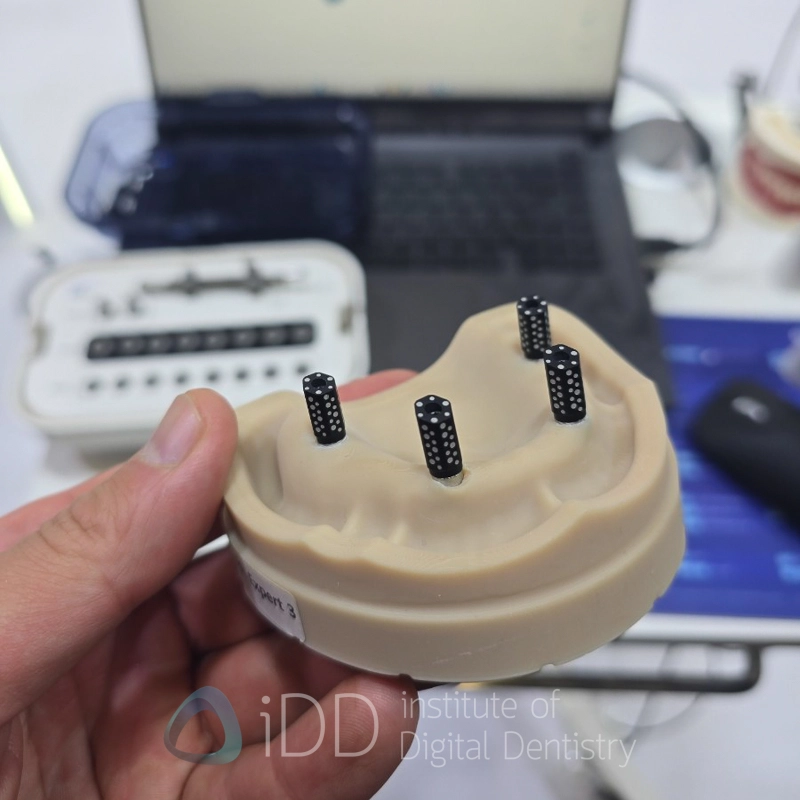In the ever-evolving landscape of dental technology, intraoral sensors have emerged as indispensable tools in modern dental practices. These compact, high-resolution devices provide clinicians with real-time digital imaging capabilities, streamlining diagnostics, improving patient care, and enhancing workflow efficiency. As we step into 2025, the market for intraoral sensors continues to expand, bringing forth innovations in image quality, connectivity, durability, and patient comfort. This article delves into the top intraoral sensors trusted by dentists in 2025 exploring their features costs or performance benchmarks.
Why Intraoral Sensors Matter More Than Ever
Digital radiography has transitioned from a luxury to a necessity in most dental clinics. Intraoral sensors eliminate the need for film development, reduce radiation exposure, and instantly deliver detailed images for immediate diagnosis. As practices increasingly prioritize speed, accuracy, and digital integration, the role of intraoral sensors has become central to daily operations.
Key Features Dentists Prioritize in 2025
Before diving into the top-rated sensors, let’s review the critical features dental professionals consider:
- Image Resolution and Clarity: High definition is paramount for accurate diagnosis.
- Ergonomics and Patient Comfort: Rounded edges, thin profiles, and multiple sizes improve the patient experience.
- Software Compatibility: Seamless integration with existing practice management and imaging systems.
- Durability and Waterproofing: Sensors must withstand frequent use, drops, and disinfection.
- Wireless or USB Connectivity: Enhanced flexibility and reduced cable clutter are major pluses.
- Cost-to-Value Ratio: Dentists want robust features without breaking the bank.
Top Intraoral Sensors of 2025
Here are the top intraoral sensors dental professionals are relying on in 2025:
- DEXIS Titanium by KaVo
- Features: DEXIS Titanium continues to lead the market with its exceptional image quality and enhanced Duraflex cable technology. In 2025, the sensor boasts AI-powered image enhancements and expanded software integrations.
- Performance: Known for delivering crystal-clear images with 20+ lp/mm resolution, it reduces diagnostic errors and speeds up workflow.
- Patient Comfort: Ergonomically designed for easy placement and minimal discomfort.
- Cost: Around $9,000 – $10,500 per sensor.
- Software: Fully integrated with DEXIS Imaging Suite and compatible with most third-party platforms.
- SOPIX2 by Acteon
- Features: The SOPIX2 combines top-tier image quality with advanced SafeZen technology to prevent overexposure. It includes dynamic contrast adjustment and USB plug-and-play support.
- Performance: 33 lp/mm theoretical resolution, delivering exceptional diagnostic capabilities, especially for endodontics and caries detection.
- Cost: Approx. $6,000 – $7,500.
- Durability: Known for longevity and low repair rates.
- Planmeca ProSensor HD
- Features: The ProSensor HD provides clarity and comfort with high-definition CMOS technology and optimized sensor ergonomics. It is available in three sizes.
- Performance: Real-time image acquisition with minimal latency. Offers 25+ lp/mm resolution.
- Cost: Roughly $8,000 – $9,500.
- Software Integration: Pairs seamlessly with Romexis software, cloud-ready.
- Schick AE (Dentsply Sirona)
- Features: Offers a modular design, allowing dentists to upgrade components without replacing the whole sensor. Excellent for practices wanting future-proof tech.
- Performance: Provides consistent and highly detailed images with customizable image settings.
- Patient Experience: Flexible cable and rounded edges improve placement.
- Cost: $6,500 – $8,000.
- Owandy-RX HD
- Features: Compact and lightweight, this sensor shines in multi-operatory practices. Features automatic exposure compensation and smart software tools.
- Performance: Delivers high-resolution images with a minimal learning curve.
- Price Point: One of the most affordable, at $4,000 – $5,500.
- Ease of Use: Simple software and fast setup make it ideal for new adopters.
- Ray America RIOSensor
- Features: USB 3.0 high-speed transfer, dustproof, waterproof, and ultra-thin design. Supports multiple sensor sizes.
- Performance: Consistent image quality with up to 25 lp/mm resolution.
- Cost: Competitive at around $5,500 – $6,500.
- Warranty & Support: Extended warranties and robust customer service included.
- Apteryx XVWeb Sensor
- Features: Designed for cloud-native practices, with seamless cloud-based image storage and retrieval.
- Performance: Delivers detailed diagnostics and supports teledentistry workflows.
- Cost: Around $6,000 with bundled cloud subscription options.
Comparative Overview: Features vs. Value
| Sensor | Max Resolution (lp/mm) | Price Range | Unique Feature | Best For |
| DEXIS Titanium | 20+ | $9k – $10.5k | AI imaging, rugged cable | All-purpose, premium clinics |
| SOPIX2 | 33 (theoretical) | $6k – $7.5k | SafeZen exposure tech | Endodontics, pediatric care |
| Planmeca ProSensor HD | 25+ | $8k – $9.5k | CMOS clarity, ergonomic design | High-volume practices |
| Schick AE | 20+ | $6.5k – $8k | Modular design | Tech-forward offices |
| Owandy-RX HD | 20 | $4k – $5.5k | Compact, automatic exposure | Budget-conscious buyers |
| Ray America RIOSensor | 25 | $5.5k – $6.5k | USB 3.0, rugged build | Multi-location practices |
| Apteryx XVWeb Sensor | 20+ | ~$6k | Cloud-native, teledentistry-ready | Modern digital practices |
What’s New in 2025: Trends Shaping the Market
- Cloud Integration: More sensors are now compatible with cloud PACS systems for real-time collaboration and data security.
- AI-Enhanced Imaging: Advanced intraoral sensors use AI to sharpen, annotate, and auto-diagnose abnormalities.
- Eco-Friendly Designs: New materials and energy-efficient circuitry reduce environmental impact.
- Subscription Models: Some manufacturers are offering leasing or SaaS-style models with bundled software and updates.
- Wireless Innovations: While still in early adoption, fully wireless intraoral sensors are entering the market, promising more flexibility.
Buying Tips for 2025
If you’re upgrading or buying your first intraoral sensor, here are a few considerations:
- Check Compatibility: Ensure the sensor integrates with your imaging software and practice management system.
- Size Selection Matters: Choose the right sensor sizes for your patient demographics.
- Ask for a Demo: Test image quality and comfort in-clinic if possible.
- Evaluate Support Services: Quality customer service and warranty coverage can make or break your investment.
- Calculate ROI: Consider how much time and labor the sensor will save in diagnosis, retakes, and file handling.
Final Thoughts
Intraoral sensors have become the gold standard in digital dental imaging. As of 2025, dentists have an impressive array of options tailored to different practice needs, from ultra-high-resolution imaging to cost-effective and cloud-connected solutions. Whether you run a boutique cosmetic practice or a high-volume clinic, there’s a sensor on the market designed to fit your workflow, budget, and diagnostic demands.
Choosing the right intraoral sensor requires balancing features, reliability, and cost. By considering the top-rated sensors outlined above, you can make an informed investment that elevates your standard of care and operational efficiency for years to come.





























